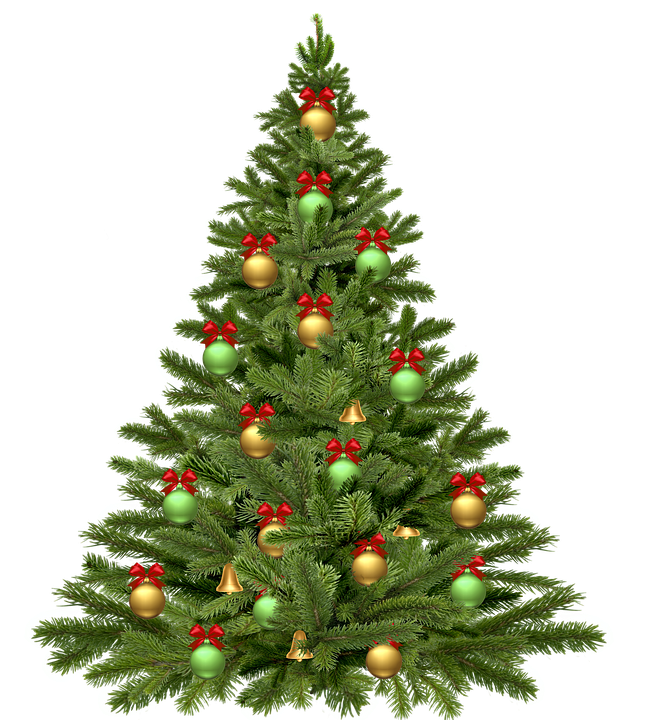There an interesting tradition in my family when it comes to finding a Christmas tree. We simply go to the backyard. I grew up on a Christmas tree farm in fact, planting and selling Douglas Firs and Scotch Pines, even Norway Spruce. Trees are a tradition coming from Germany and originally decorated with candles as well as a wealth of traditional edible nuts and berries.
Its origins indicate an older tradition springing from the Anglo-Germanic use of Yggdrasil, the World Tree, a symbol of life and spirit. Modern Christmas tree retains the decorative and hopeful spirit of its predecessor, but with the concern centered around today’s environment and the cutting of trees as well as the use of artificial trees, there are a number of question about how to celebrate an environmental Christmas, including the tree.
Some people opt for an artificial tree instead of cutting one down, but in reality, while real trees produce clean oxygen during growth, artificial trees are made with non-renewable plastics and require a manufacturing process that leaves excess environmental waste and pollution. Disposal is also hard since rarely can artificial trees be recycled, and they certainly cannot be mulched.
However, real trees can be recycled by using a wood chipper, making great ground cover and mulch for other outdoor plants. Pine chips are also great for naturally keeping that fresh-tree scent around your home even longer. You can also search for an organic Christmas tree farms for extra support of green.
If you’re not comfortable with cutting down a tree, balled ‘n baled trees are another way to save the tree you use. Balled trees include a burlap sack that holds the tree’s roots. By using a large tub, you can keep the tree in your home for the holidays and then plant the tree after the festivities are over. Balled trees can be a great family tradition when it comes time for planting and pines make great property screens, are always green, and last through all sorts of weather.
When it comes to decorating your tree you can also take a hint from the German tradition and use organic foodstuffs such as traditional popcorn, nuts, and berries. Paper ornaments and snowflakes are also a good option, and many times already a tradition. If you really want that sparkle though, some companies make recycled decorations that keep the tree bright.
But lighting might be the biggest part of the tree, and the most costly. Constantly keeping your tree lit uses up unnecessary energy and can raise your winter energy costs even more. Try avoiding electronic ornaments and if you still want the lights, try only lighting the tree on special occasions. Using a plug attached to a switch is an easy way to turn the tree off quickly, making energy-saving easier.
There are plenty of ways to keep the tree extra green this year. If you have any extra tips, please feel free to share! And have a very merry, and very green Christmas.
